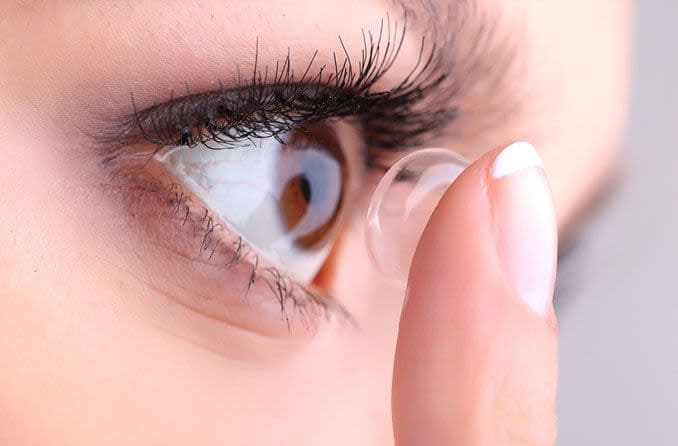Ever since the introduction of colour TVs in the 1950s, our world has been filled with colours. Most of our medias these days are no longer in black and white, almost all are in colours.
Have you ever wonder how our species can differentiate between different shades of colours and types of colours. This is due to an evolved gene that gave us the ability to see 3 types of colours.
This is a type of test we used to check if you have normal colour perception:
Some individuals however, are born without the ability to see all colours. These people are considered as colour-blind.
Colour vision is an essential aspect of being human, and it plays a crucial role in the way we interact with our environment. For babies, developing colour vision is a gradual process that occurs as their eyes mature.
Unbeknownst to many, newborns have only limited colour vision. Initially, they only see shades of gray, black and red. Their visions are only limited to near, focusing mostly on faces and nearby items.
Around 4 months old, babies begin to develop more complex colour vision. At this stage, their retinas are maturing, and they start to differentiate between different colours, between red and green. Slowly, these will include blue and yellow. Research has indicated that infants prefer to look at bright blue or yellow.
For infants, their eyes need to be exposed to a variety of colors to develop their visual system. This is kind of like training the muscles to be able to move a certain way. The eyes are trained to see colours and to see in general. If there was undiagnosed conditions during this developmental period, the infants will develop something called lazy eye.
To support healthy visual developments, parents need to be aware that their young children have much growing up to do. That how they perceive reality is different from what we adults perceives. It is this reason that we need to engage professionals to double check their children if you suspect there is anything not right about their eyes.
Colours affect our lives more than we think they do!
Colours affect our moods eg. darker colours make you moodier and brighter colours generally make one happier. Using different colours also make the materials stand out and it improve understanding and memory retention. Hospitals and clinics often use calming colours like blue or green to create a calming environment to helps anxious patients feel at ease.
Colors are part of the complex organ, the eyes, which relies on more than 50% of the brain to process visual information. How much procession power we dedicated just to process what we sees should give you an indication how important our sight is.
Through our sight and eyes, there are much more stories to be uncovered.




Recent Comments